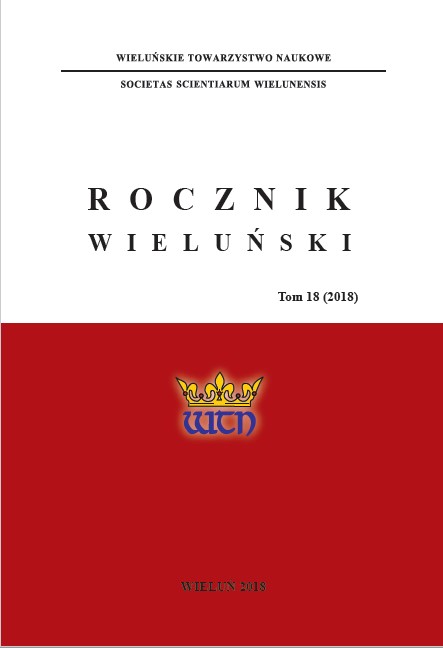Struktura społeczno-zawodowa i wyznaniowa ludności powiatu wieluńskiego u schyłku lat trzydziestych XX w.
Social, employment and religion structure of Wieluń district inhabitants in the 1930s
Author(s): Arkadiusz RzepkowskiSubject(s): Local History / Microhistory, Social history, Culture and social structure , Demography and human biology, Interwar Period (1920 - 1939), Socio-Economic Research, Sociology of Religion
Published by: Wieluńskie Towarzystwo Naukowe
Keywords: district of Wieluń; Poland; population; historical demography; statistics;
Summary/Abstract: In Wieluń district, in Poland being in decline, its religion structure was quite single. There were Catholics mostly. Jews constitued a small percentage of this structure too. Peasants and workers dominated in the social structure, yet in towns there were lots of craftsmen. Wieluń, the capital of the province, was a small town at that time. Other towns of the province were small too. Wieluń was a caft centre with a poor developed industry. In the town there were only small plants processing agriculture crops and making agriculture tools. There was also a milling industry in Wieluń, yet artisanal production dominated there. In 1934 there were 13 bakeries, 8 pastry shops, 7 barbershops, 3 watch repairmen, 3 brick layers, 3 locksmiths, 3 tinsmiths and 2 printers.
Journal: Rocznik Wieluński
- Issue Year: 18/2018
- Issue No: 18
- Page Range: 195-202
- Page Count: 8
- Language: Polish

